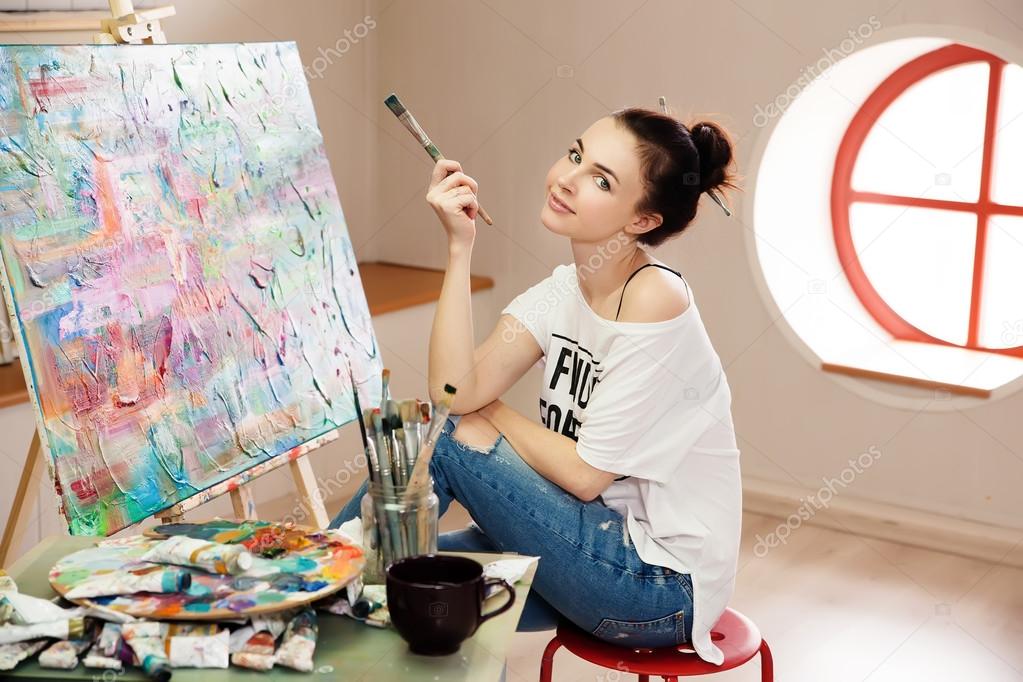Integrating Calligraphy in Photo-Based Painting Techniques
In the world of professional photography, innovation and creativity are key. One of the most intriguing and aesthetic innovations today is integrating calligraphy in photo-based painting. This technique not only enhances the visual appeal of photographs but also adds a unique layer of artistic expression. As a professional photographer, understanding and mastering this technique can set you apart in a highly competitive field.
To start, let's delve into what makes this fusion so captivating. At its core, it combines the precision and beauty of calligraphy with the realistic rendering of photo-based painting, creating a fusion that is both modern and timeless. By incorporating calligraphy, photographers can add a personal, handcrafted touch to their work, making each piece truly unique.

Understanding the Basics of Photo-Based Painting
Photo-based painting is an art form that transforms photographic images into paintings. This is often achieved through digital means, using software to mimic traditional painting techniques. By adding calligraphy into the mix, artists can create striking visuals that communicate deeper meanings or tell a more compelling story.
For photographers interested in this technique, it's crucial to understand the basics of photo-based painting first. This includes knowing how to use tools like Photoshop, Corel Painter, or other digital art software to transform a photo into a painting. Once comfortable with these tools, the integration of calligraphy becomes a seamless addition.
The Art of Calligraphy
Calligraphy, the art of beautiful handwriting, has been around for centuries. It involves designing and executing lettering with a broad-tipped instrument, brush, or other writing instrument. In the context of photo-based painting, calligraphy adds an elegant and sophisticated touch.
For photographers, learning calligraphy can be a rewarding endeavor. It allows you to add a personal signature to your work or convey messages and emotions through text. Whether it's a single word, a quote, or a name, calligraphy can elevate a photograph from mere image to a piece of art with narrative depth.
Steps to Integrate Calligraphy in Your Work
The integration of calligraphy into photo-based painting involves several steps. First, select a photograph that you believe will benefit from the addition of calligraphy. Consider the mood, color scheme, and overall composition of the image.
Next, decide on the calligraphic elements. What message do you want to convey? What style of calligraphy will best suit the image? Once these decisions are made, you can begin the process of integrating the calligraphy. This can be done using digital tools or by hand, depending on your preference and skill level.
For those new to this technique, consider taking a class or workshop. Websites like Radius Studio offer courses that can help you master the art of painting from photographs.
Enhancing the Narrative
One of the most powerful aspects of integrating calligraphy in photo-based painting is its ability to enhance the narrative of an image. By carefully choosing the words and style of calligraphy, photographers can guide the viewer's interpretation and emotional response to the image.
For instance, a photograph of a serene landscape might be paired with a calligraphic quote about peace or tranquility, reinforcing the mood of the image. Alternatively, a portrait might include the subject's name or a meaningful phrase, adding depth and personal connection.
Practical Applications and Inspiration
Integrating calligraphy in photo-based painting is not just for artistic exploration; it has practical applications as well. This technique can be used in various professional settings, including wedding photography, commercial advertising, and personal art projects.
For inspiration, consider exploring other artists' work. The article One Unique Photo-Based Images showcases how artists use photo-based techniques to create unique visual experiences. Additionally, this article discusses how hashtags can be used to promote photo-based painting, including integrating calligraphy.
Challenges and Considerations
While the integration of calligraphy in photo-based painting offers many opportunities, it is not without its challenges. Achieving the right balance between the photograph and the calligraphic elements requires skill and practice. Additionally, understanding how to digitally apply calligraphy without losing its handcrafted feel is crucial.
It's also important to consider the legibility and placement of calligraphy in your images. The text should complement the image, not distract from it. Experimentation and feedback can be invaluable in mastering this balance.

Conclusion
In conclusion, integrating calligraphy in photo-based painting is a technique that offers professional photographers a new avenue for creative expression. By mastering this skill, photographers can produce work that is not only visually stunning but also rich in meaning and personal significance.
For those looking to delve deeper into this fascinating field, remember to explore resources and communities that focus on both photo-based painting and calligraphy. The journey of learning and integrating these techniques can lead to rewarding artistic and professional experiences.
FAQ
- What software is best for integrating calligraphy in photo-based painting? Photoshop and Corel Painter are commonly used tools for this purpose, allowing for a blend of digital painting and calligraphy.
- Can I use traditional calligraphy in photo-based painting? Yes, traditional calligraphy can be scanned and incorporated digitally, or applied directly to printed photographs.
- Where can I learn more about this technique? Online courses, workshops, and communities focused on digital art and calligraphy are excellent places to start. Websites like Cubebrush offer insightful resources on digital photo painting.

